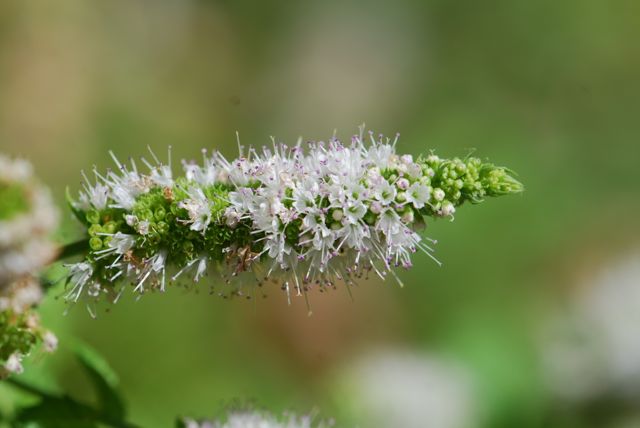Let’s find out about about some more of the common plant families. This time we’ll focus on trees.
- Maple trees – family Aceraceae
Maples have palmate leaves, which means the main leaf veins radiate out from a single point and they roughly resemble a hand. Most maples are deciduous. The fruit are samaras (maple keys) with two fruit in a cluster.
 Some species of maples are known for their brilliant fall colors.
Some species of maples are known for their brilliant fall colors.
2. Oak or beech trees – family Fagaceae
Oaks are generally large, spreading trees. The fruit is an acorn for oaks and nuts for beeches. The leaves are often longer than they are wide and have lobes along the margins.
3. Ginkgo – family Ginkgoaceae
These unusual trees are gymnosperms. There is only one species in the family. The leaves are fan shaped with a wavy edge. The naked seed is within a fleshy covering that resembles a fruit.
4. Mulberry, fig and osage orange – family Moraceae
Mulberry leaves can be highly variable in shape even within one tree, but most have some sort of lobes. Some have an asymmetrical lobe and resemble a mitten. The leaves of trees in this family have a milky sap. The mulberry fruit are formed in clusters.

 These are the leaves of the Texas mulberry.
These are the leaves of the Texas mulberry.
5. Olive – family Oleaceae
Olives have simple leaves. The fruit is fleshy with a pit inside.
6. Pines, spruces and furs – family Pinaceae
Members of this family are also gymnosperms. The leaves are in the form of needles and most are evergreen. Usually the seeds are borne in cones.
7. Willow – family Salicaceae
Willows have narrow, simple leaves. They are deciduous. Fruits form in a capsule with many small, tufted seeds.

 Want to learn more? Visit our giant list of children’s books about trees!
Want to learn more? Visit our giant list of children’s books about trees!
To see our complete plant science lessons, either visit the plant science category (newest posts to oldest posts) or the plant science section of our experiment archive page (links to posts in order).
Looking for books about plants for children? Be sure to visit our growing list of gardening and plant science books for kids, as well as our list of children’s books about seeds.
For more activities, try our Gardening/Plant Science for Kids Pinterest board.













































